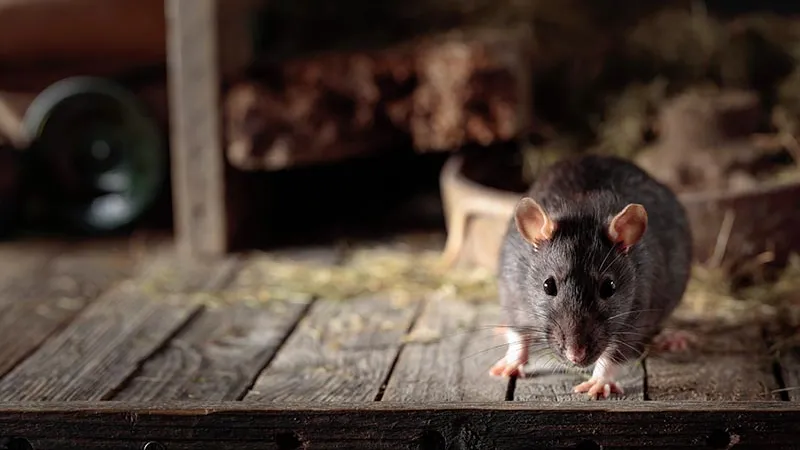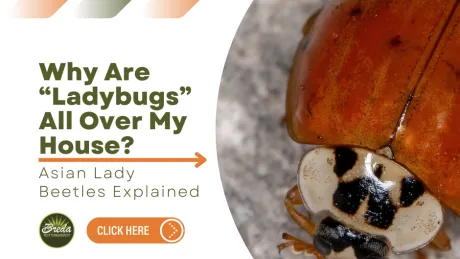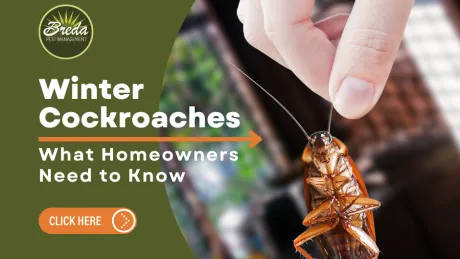
Roof Rats Information

Roof Rats
Roof rats (Rattus rattus), also known as black rats or ship rats, are nimble and elusive rodents that have become a common sight in urban and suburban areas around the world. Despite their name, roof rats do not exclusively inhabit rooftops but are adept climbers that can infest various structures. In this article, BREDA Pest Management delves into the characteristics, behavior, and impact of roof rats, shedding light on the challenges they pose and the measures taken to control their populations.
More About Roof Rats
Roof rats are medium-sized rodents, typically measuring around 6 to 8 inches in length, with a tail that is generally longer than their bodies. They possess slender bodies covered in sleek black or dark brown fur, large ears, and a pointed snout. Their long and agile tails serve as a balancing mechanism while climbing. Unlike their Norway rat counterparts, roof rats are more adept at climbing and are often found nesting in elevated areas such as trees, attics, and rafters.
These rats are primarily nocturnal creatures, active during the night to avoid human encounters. Roof rats are omnivorous opportunists, feeding on a diverse diet that includes fruits, vegetables, grains, nuts, and insects. They are particularly fond of citrus fruits and can cause significant damage to crops and ornamental plants.
Roof rats have a rapid reproductive cycle, with females capable of producing up to five litters per year, each containing 5 to 8 pups. The gestation period lasts for about three weeks, and the young rats mature quickly, reaching sexual maturity within two to three months. These prolific breeders can quickly establish large populations in favorable environments.
Roof rats are more than just a nuisance; they pose significant health risks to humans and can cause structural damage to buildings. Similar to Norway rats, they can carry and transmit diseases such as leptospirosis, typhus, and salmonellosis. Additionally, their constant gnawing can lead to damaged electrical wires, wooden structures, and insulation, and even pose fire hazards.
Effectively managing roof rat populations requires a comprehensive approach that involves both preventive and control measures. Integrated Pest Management (IPM) strategies are often employed by professional pest control companies like BREDA to tackle roof rat infestations.
Preventive measures focus on removing potential food sources and limiting access points to buildings. Properly sealing openings and cracks in structures, trimming tree branches away from buildings, and securely storing food and waste can significantly reduce the risk of infestation.
Control methods may include trapping and baiting. Snap traps or live traps can be strategically placed along their travel paths or near entry points, while baiting involves using rodenticides specifically designed for roof rats. It is crucial to follow safety guidelines and regulations when using these methods to minimize risks to humans, pets, and non-target animals.
Roof rats, with their agility and adaptability, have become a persistent urban pest. Their ability to climb, reproduce rapidly, and cause damage to both health and infrastructure necessitates proactive measures for control and prevention. Through integrated pest management techniques and collaboration between homeowners, communities, and professional pest control services, we can effectively mitigate the risks posed by roof rats. By raising awareness and implementing appropriate strategies, we can create healthier, safer environments and reduce the impact of these elusive pests on our lives.


